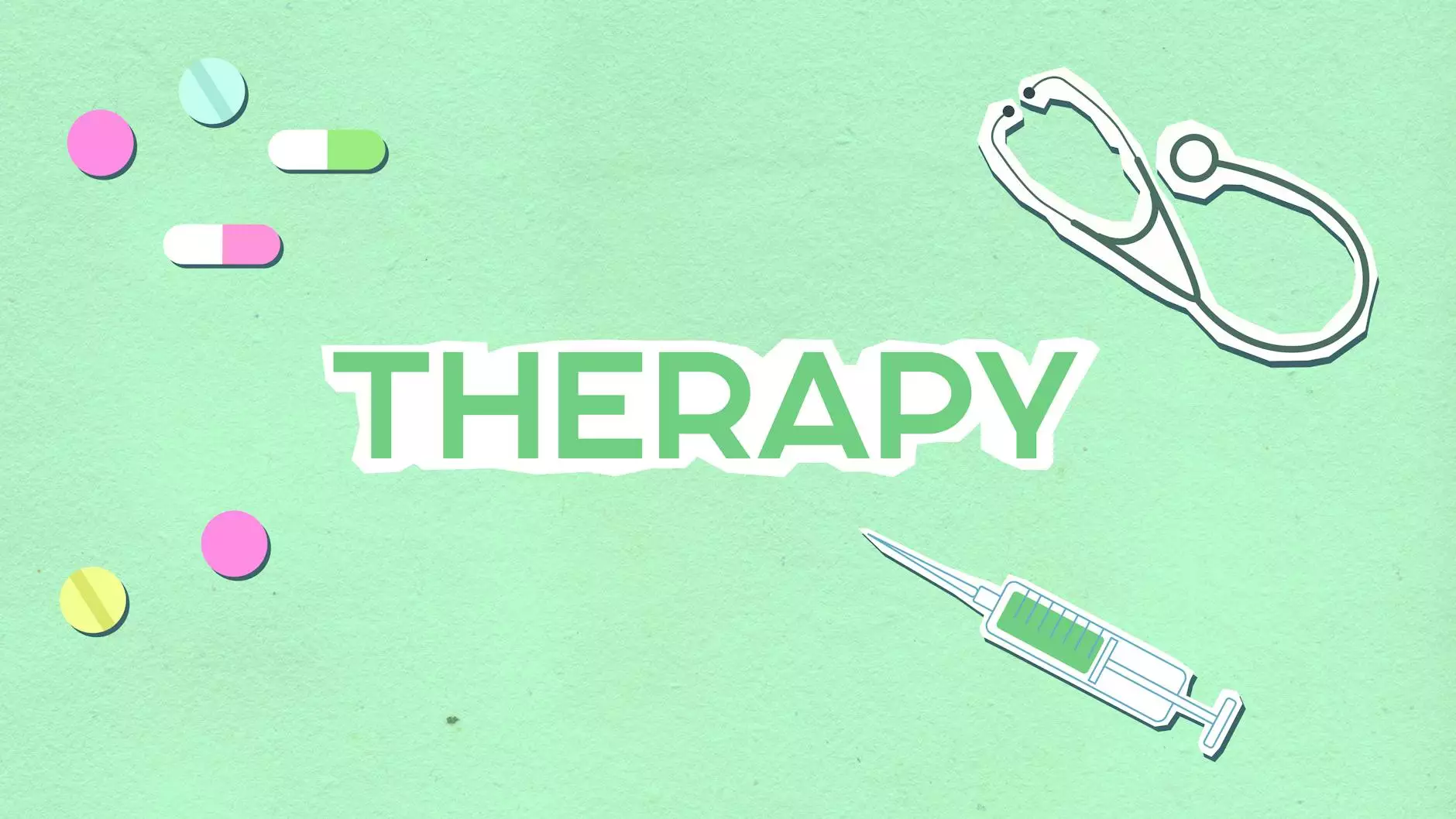TPA vs Thrombectomy: Understanding the Key Differences
Case Studies
When it comes to treating stroke patients, two common medical interventions are tissue plasminogen activator (TPA) and thrombectomy. These treatments play a crucial role in improving outcomes for individuals who have suffered a stroke. Let's delve into the details of TPA and thrombectomy to better understand how they work and their respective benefits.
The Role of TPA in Stroke Treatment
TPA, also known as alteplase, is a thrombolytic medication that works by dissolving blood clots in the brain. It is typically administered intravenously within the first few hours after a stroke occurs. TPA is considered a standard treatment for ischemic strokes, which occur when a blood clot blocks an artery in the brain.
One of the key advantages of TPA is its ability to quickly restore blood flow to the affected area of the brain, potentially limiting the extent of damage caused by the stroke. However, TPA carries certain risks, including the possibility of bleeding in the brain, which can lead to serious complications.
Understanding Thrombectomy as an Alternative Treatment
Thrombectomy is a minimally invasive procedure that involves removing a blood clot from an artery using a catheter-based approach. This procedure is often performed in conjunction with imaging techniques to precisely locate and extract the clot. Thrombectomy is particularly effective for large vessel occlusions, which are associated with severe strokes.
Compared to TPA, thrombectomy offers a more targeted and direct method of clot removal, leading to faster restoration of blood flow and reduced risk of reperfusion injury. Thrombectomy is typically recommended for patients who are ineligible for or do not respond to TPA treatment.
Comparing the Benefits and Risks
When weighing the benefits and risks of TPA versus thrombectomy, several factors must be considered. TPA is more widely accessible and can be administered in a variety of healthcare settings, making it a convenient option for many patients. However, the time window for administering TPA is limited, and not all stroke patients are eligible for this treatment.
On the other hand, thrombectomy offers a higher success rate in removing clots and has been shown to significantly improve outcomes for certain patient populations. While thrombectomy is a more specialized procedure that requires sophisticated equipment and trained interventionalists, it has revolutionized stroke care for many individuals.
Conclusion
In conclusion, both TPA and thrombectomy play vital roles in the treatment of strokes, each with its own set of benefits and risks. Understanding the differences between TPA and thrombectomy is essential for healthcare providers and patients alike in making informed decisions about stroke management.
At Unilevel Studios, we are dedicated to providing comprehensive information on medical therapies and interventions to empower individuals in their healthcare journey. If you have any further questions about TPA, thrombectomy, or other medical topics, feel free to reach out to our team for expert guidance and support.



